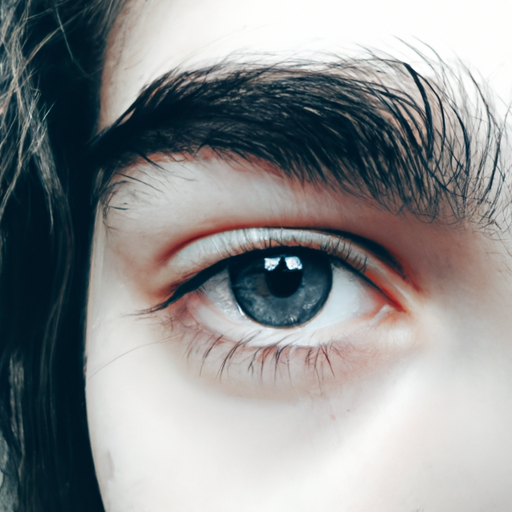As a medical professional, I have seen a significant increase in patients seeking advice and treatment for under-eye dark circles. These shadows, often associated with fatigue or aging, can be a source of distress for many. However, understanding the causes and available treatments can help banish these shadows and restore a youthful and vibrant appearance.
Under-eye dark circles, medically known as periorbital hyperpigmentation, are a common dermatological condition. They are characterized by darkening of the skin below the eyes and can affect both men and women of all ages. The causes are multifactorial and can range from genetic predisposition, aging, lifestyle factors such as lack of sleep, stress, poor diet, to medical conditions like allergies or anemia.
The skin around our eyes is the thinnest in our body, making it more transparent and revealing the blood vessels underneath. As we age, our skin loses collagen and becomes even thinner, making these blood vessels more prominent. Additionally, the loss of fat and elasticity that comes with aging can lead to hollows under the eyes that cast shadows, creating the appearance of dark circles.
Lifestyle factors also play a significant role. Lack of sleep and high stress levels can cause the skin to become paler, making blood vessels more visible. A diet lacking in essential nutrients can affect skin health and contribute to dark circles. Allergies can cause inflammation and swelling around the eyes, leading to darkening of the skin.
Treatment for under-eye dark circles depends on the underlying cause. If they are due to aging, topical creams containing retinol or vitamin C can help stimulate collagen production and thicken the skin. Hyaluronic acid fillers can also be used to restore volume and reduce the appearance of shadows.
If lifestyle factors are the cause, changes such as getting enough sleep, reducing stress levels, and improving diet can make a significant difference. Topical treatments containing caffeine can help constrict blood vessels and reduce the appearance of dark circles.
For those with allergies, antihistamines can help reduce inflammation and swelling. Iron supplements can be beneficial for those with anemia.
In some cases, dark circles can be resistant to treatment. This is often the case when they are hereditary. In such situations, cosmetic procedures such as laser therapy, chemical peels, or microdermabrasion can be considered. These treatments work by removing the top layer of skin, promoting new skin growth, and reducing the appearance of dark circles.
It’s important to remember that under-eye dark circles are usually harmless and often a normal part of aging. However, if they are causing distress or are accompanied by other symptoms such as pain or swelling, it’s essential to seek medical advice.
In conclusion, under-eye dark circles are a common concern but can be effectively managed with a combination of lifestyle changes, topical treatments, and in some cases, cosmetic procedures. By understanding the causes and available treatments, we can banish these shadows and restore a youthful and vibrant appearance.



